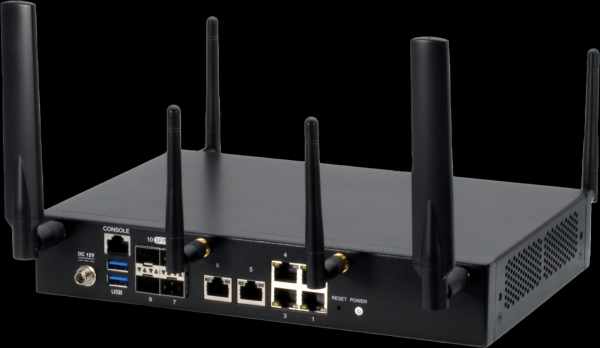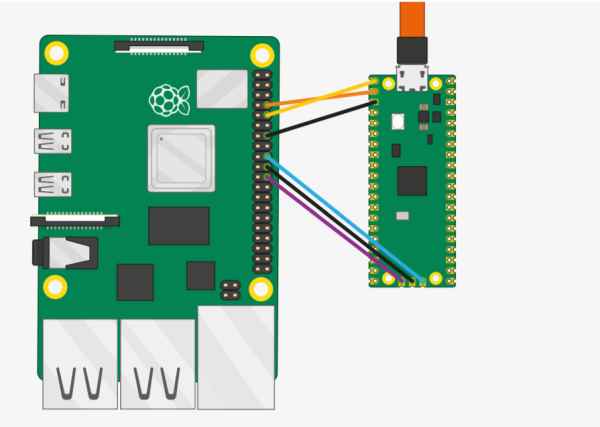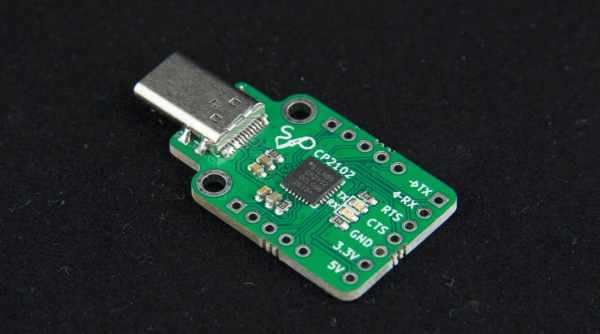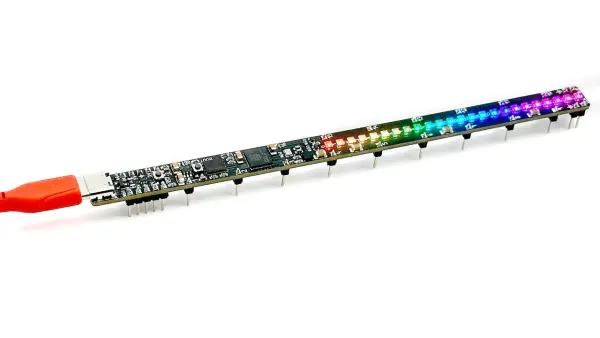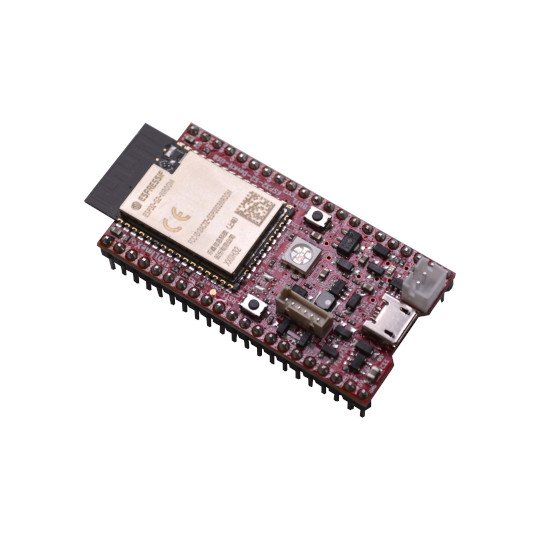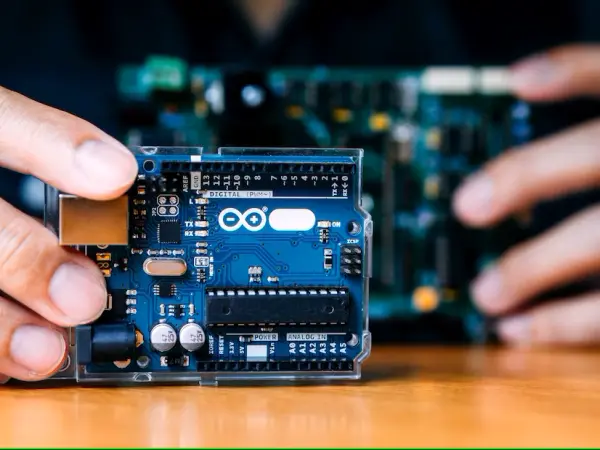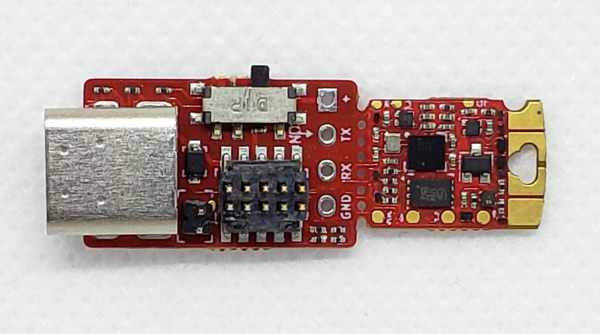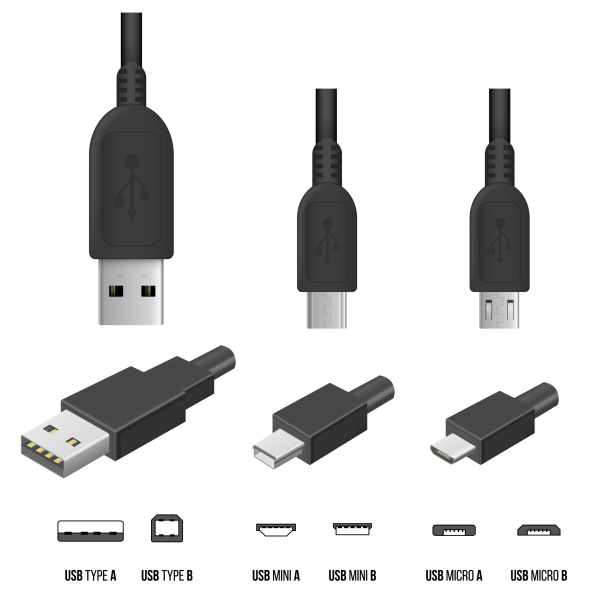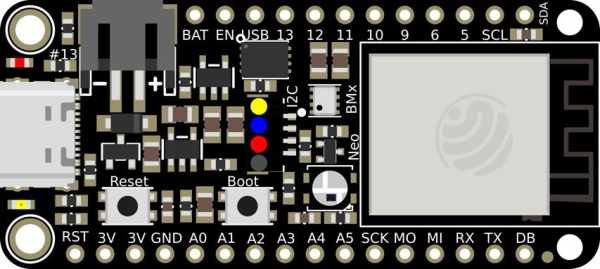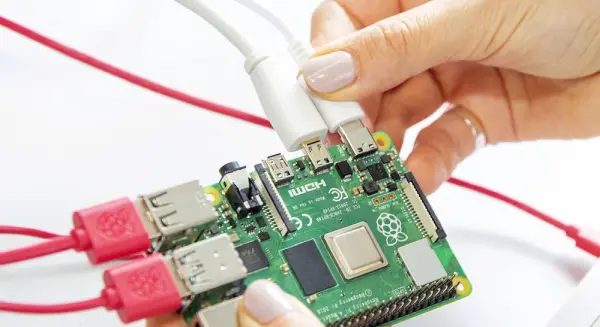FWS-2365: POWERING FASTER, MORE FLEXIBLE NETWORK STRUCTURES
AAEON, a leading manufacturer of network appliances and white box solutions, has released the FWS-2365 desktop network appliance. Designed with a range of powerful features including 5G support and four SFP+ ports, the FWS-2365 powers faster, smarter networks for SD-WAN and uCPE applications. The FWS-2365 is powered by Intel® Atom™ C3000 processors (formerly Denverton) with support for processors from four to […]
FWS-2365: POWERING FASTER, MORE FLEXIBLE NETWORK STRUCTURES Read More »


